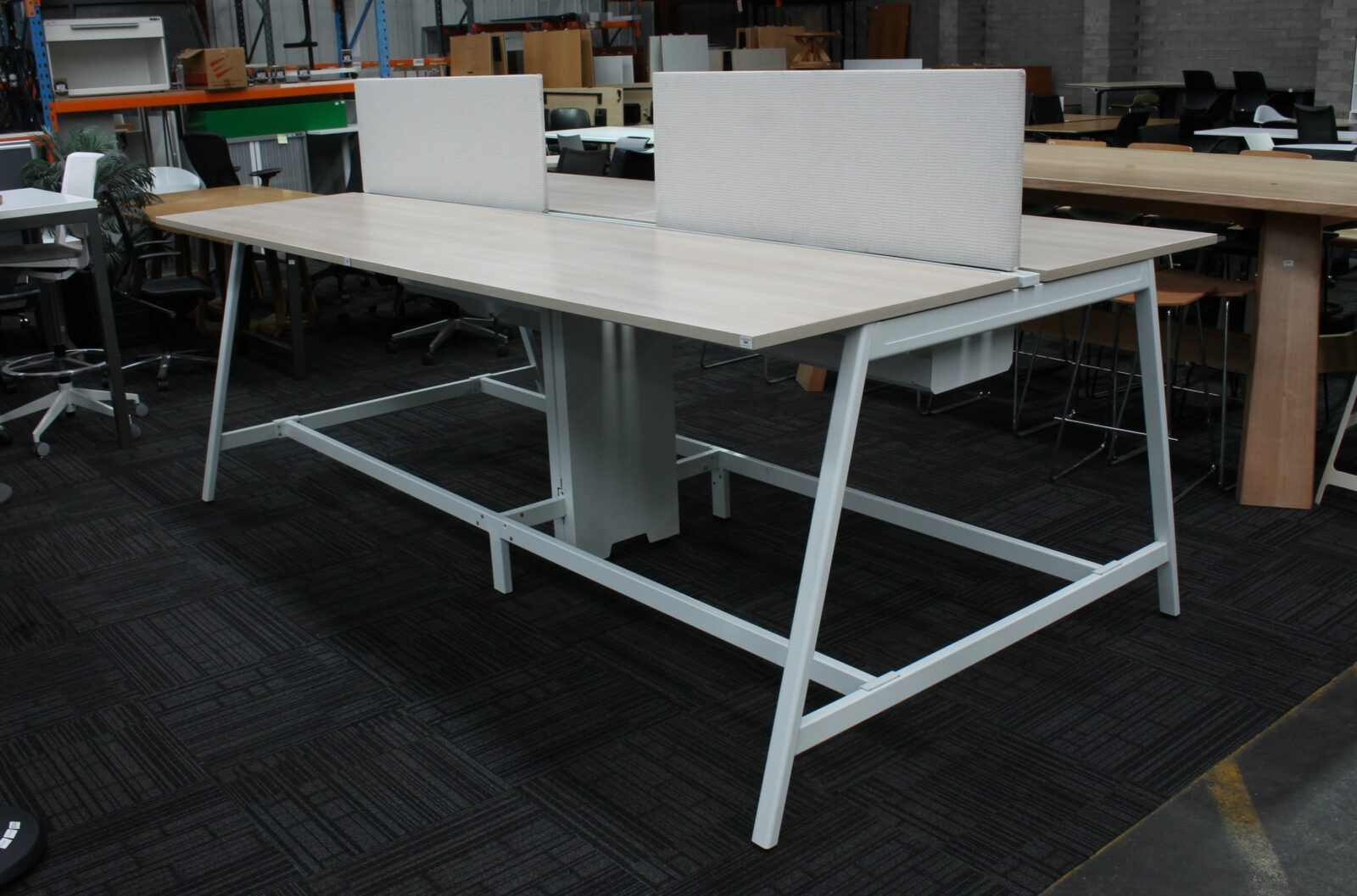Each year Australia generates 30,000 tonnes of commercial furniture waste, with 95% of this ending up in
landfill. Unsustainable design and manufacturing means commercial furniture is difficult and costly to repair and often incorporates hazardous materials such as glue and fire retardant, preventing recycling or making recycling hazardous to the environment in itself.
Egans vision is 100% landfill avoidance for all business across Australia. We currently have an 80% landfill diversion rate through our circular services.
Egans transforms over 150,000 assets for our clients either back into the corporate environment or out via wholesale or recycle channels each year. We divert close to 4,000 tonne from landfill through direct reuse and over 1,000 tonnes through resource recovery. A whopping 17% of Australia’s total commercial furniture that ends up in landfill each year.
Moving towards a circular economy is a complex and long-term process that requires collaboration among various stakeholders, including governments, businesses, consumers, and communities. Here are some steps that can help in transitioning to a circular economy:
- Rethink product design: Design products with longevity and reusability in mind. Consider materials that are easy to recycle or repair, and design products that can be easily disassembled to recover valuable resources at the end of their life.
- Reduce, reuse, and repair: Encourage consumers to reduce their consumption, reuse products, and repair items instead of discarding them. Implement initiatives like repair cafes or product take-back programs to extend product lifespans.
- Adopt recycling and waste management: Improve waste collection and sorting systems to increase recycling rates. Invest in advanced recycling technologies that can efficiently recycle various materials.
- Promote sharing economy: Support sharing platforms and business models where people can rent, share, or lease products instead of owning them individually. This reduces the demand for new products and extends the life of existing ones.
- Support circular business models: Encourage businesses to adopt circular practices such as leasing, product-as-a-service, and remanufacturing. These models emphasize the use of resources more efficiently.
- Implement eco-design regulations: Introduce regulations and standards that promote sustainable and circular product design. This can include eco-labels, mandatory recycling content, or restrictions on harmful substances.
- Foster collaboration and partnerships: Encourage collaboration between governments, businesses, NGOs, and research institutions to share knowledge, expertise, and resources. Work together to identify and overcome barriers to circularity.
- Educate and engage consumers: Raise awareness among consumers about the benefits of a circular economy and how they can contribute by making more sustainable choices.
- Invest in research and innovation: Support research and development of new technologies, processes, and materials that promote circularity and resource efficiency.
- Develop supportive policies and incentives: Governments can play a crucial role by providing incentives, tax breaks, or subsidies for circular initiatives. Policies that promote extended producer responsibility can also hold manufacturers accountable for the entire lifecycle of their products.
Transitioning to a circular economy is a gradual process that requires a holistic approach and commitment from all stakeholders. By adopting circular principles and practices, we can reduce waste, conserve resources, and build a more sustainable and resilient economy for the future.






